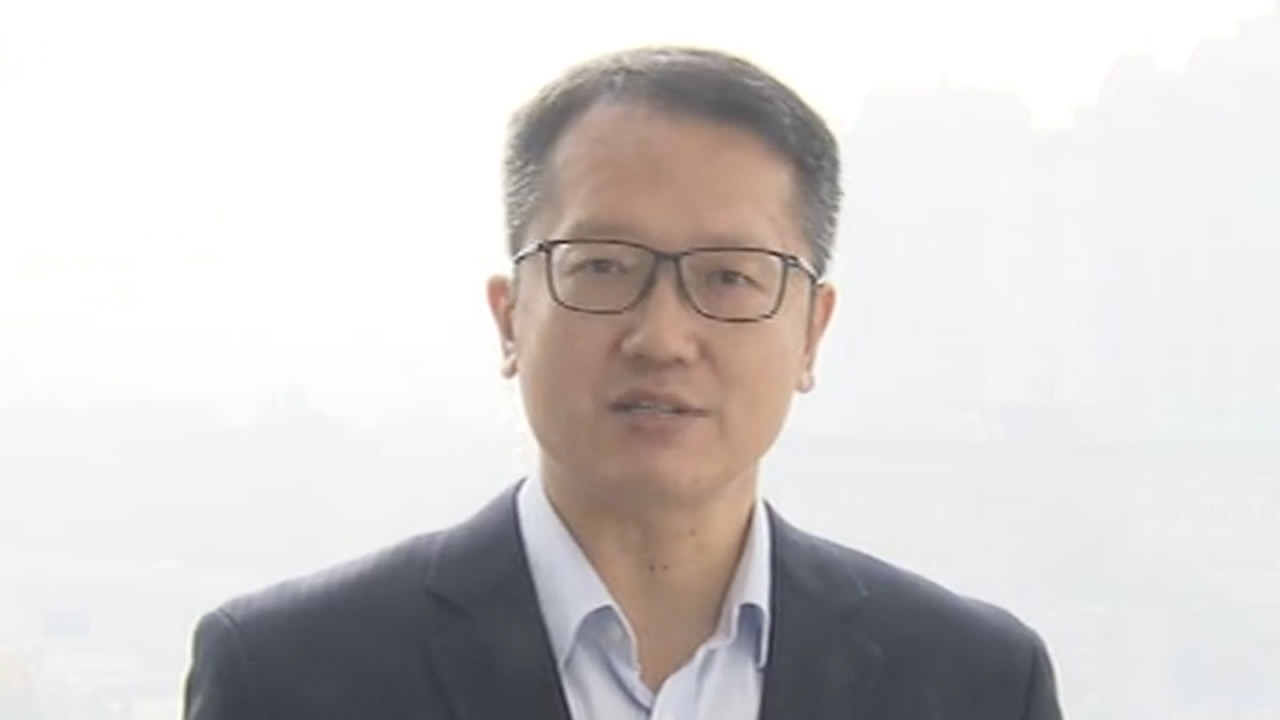
China
17:43, 27-Oct-2017
Beijing's golden autumn interrupted by heavy smog
CGTN's Zhao Xuejie

Grey and thick aptly describe the air in Beijing today. The golden autumn has been interrupted by heavy smog that arrived earlier than expected. Nearby cities and areas are also affected by the foggy weather, which is accompanied by health risks and traffic jams. Experts say, however, that the skies will clear out during the weekend.
On Thursday, both Beijing and Tianjin issued yellow alerts for smog, the third highest in China’s four-tier response system. In Tianjin, the air quality index for pollutants known as PM 2.5 soared up to over 260, surpassing the safe limit of 75 set by the Chinese government. Besides bringing complaints on social media about air quality, the smog has also forced authorities to close highways due to low visibility.

In September, China's Environmental Protection Ministry said Beijing is expected to experience high levels of smog earlier in the year than usual. The current smog is mainly the result of heavy emissions from local companies. Unfavorable weather has also contributed to the slow dispersal.
According to the China National Environmental Monitoring Center, the air pollution was due to peak on Friday, and gradually clear out from north to south on Saturday. Cities downwind, however, might suffer from worsened air pollution during the weekend.
According to the Beijing municipal transport bureau, nine highways out of the city were partially closed on Friday morning because of low visibility.
General Secretary of the CPC Central Committee Xi Jinping stressed the importance of building an ecological civilization, green development and tackling climate change at the 19th CPC National Congress.
Construction sites in Beijing have been required to stop all operation that generates dust. Polluting companies like furniture plants and glass factories are required to suspend production as well.
The Ministry of Environment Protection has launched a campaign against heavy air pollution in the Beijing-Tianjin-Hebei region and surrounding areas to address the smog issue. It focuses on curbing pollution from industrial enterprises, cutting coal consumption, and improving emergency responses to heavy pollution. About 30 northern Chinese cities have completed the transformation from coal to electricity to generate power to the heating system, contributing to the reduction of smog. Officials in Beijing-Tianjin and Hebei area say this might be a solution to the heavy smog in the region.

SITEMAP
Copyright © 2018 CGTN. Beijing ICP prepared NO.16065310-3
Copyright © 2018 CGTN. Beijing ICP prepared NO.16065310-3